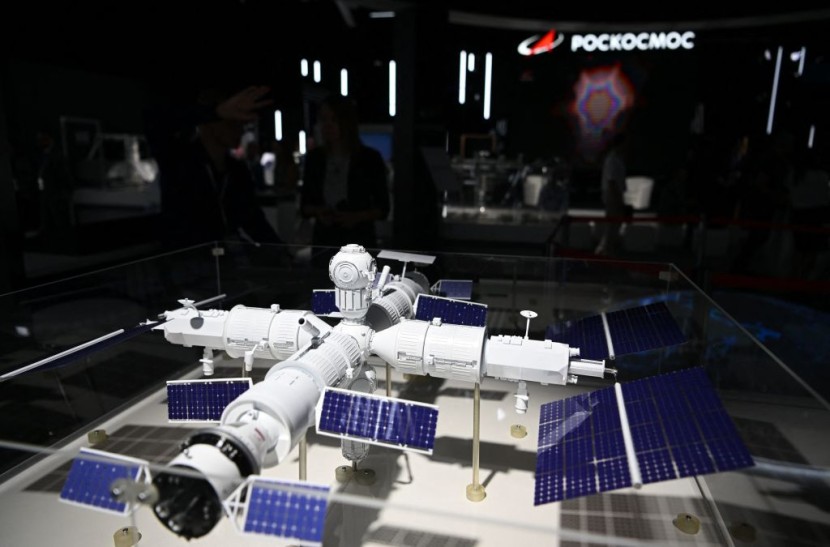According to official media, the president of Russia's space agency has invited the BRICS nations of Brazil, India, China, and South Africa to take part in building a cooperative module for the country's upcoming orbiting space station.
Following Moscow's decision to cease its decades-long association with NASA and withdraw from the ailing International Space Station, one of the few remaining routes of cooperation between Russia and the United States, construction of the proposed space station began last year.
Expanded Collaboration on The Space Station Project

According to Vladimir Kozhevnikov, the principal designer of the project, the Russian Orbital System (ROS), the first stage of the envisioned space station is scheduled to launch in 2027, followed by the delivery of four further modules to orbit between 2028 and 2030, as reported by CNN.
Yuri Borisov, the director-general of Russia's space agency Roscosmos, proposed to expand collaboration on the project to include BRICs partner states during a meeting on Monday in Hermanus, South Africa.
The agency head stated that Russia was "open for cooperation" with other nations and that he had given African countries a chance to develop their modules.
According to Russian state media earlier this year, citing Roscosmos, the ROS is anticipated to initially house two astronauts, meaning that each crew member will have more responsibilities and a wider range of tasks than on the ISS.
Russian authorities anticipate that their new orbital station will aid in developing technologies for upcoming space missions, including those to Mars and the moon.
Salyut 1, the world's first independent space station, was operated by Russia while the Soviet Union was still in power. Tragically, Salyut 1's first three crew members perished during the station's return trip to Earth in 1971.
The 1970s and the beginning of the 1980s saw the deployment of several additional Salyut stations. Later, Mir took their place. Mir stayed in low Earth orbit for more than 14 years, successfully hosting hundreds of astronauts from several nations, including the US, until it retired in 2001.
Read Also : Russia's Space Technology Develops Satellite Destroyers Causing Space Debris That Threatens the ISS in Orbit
China's Move
The US, Russia, Japan, Canada, and the European Space Agency first worked together to create the International Space Station, which has been human-crewed continuously for more than 22 years.
The space station will continue to be used by NASA until the end of 2030, at which point it will be de-orbited and fall into a remote area of the Pacific Ocean, according to a statement made by NASA last year.
With the first three astronauts docking in November, China, whose astronauts had long been barred from the ISS, built its own permanently manned space station in 2017.
The station is the ISS's only other operating orbiting outpost. The Chinese space station, albeit smaller than the International Space Station (ISS), has a comparable module design and has room for up to six astronauts.
Chinese officials recently disclosed new information regarding their plans for a human lunar trip as they want to become only the second country to land citizens on the moon.
With the successful launch of its Chandrayaan-3 mission earlier this month, India is vying to become just the fourth nation after the US, Russia, and China to carry out a controlled landing on the moon. On August 23, the craft is anticipated to touch down on the moon.
Related Article : Russia Launches Iranian Satellite Into Space Amid Concerns Moscow Would Use it To Spy on Ukraine








